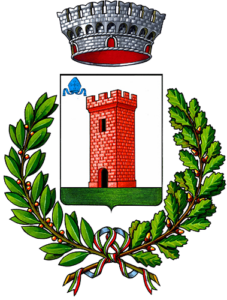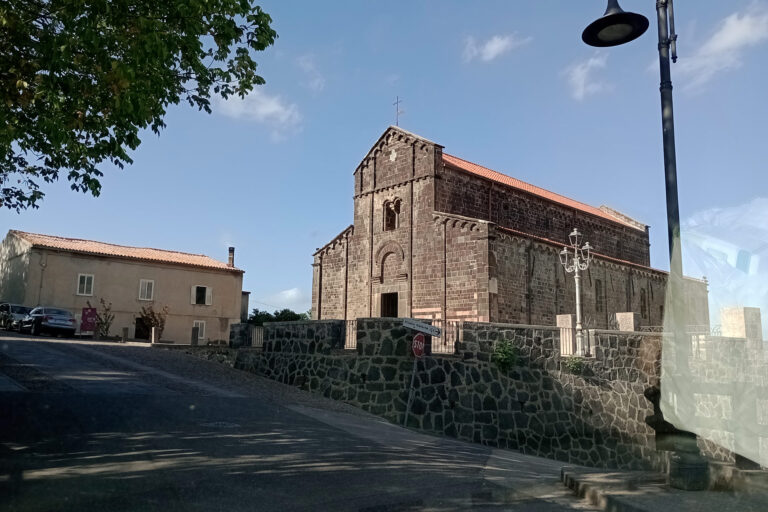
Ardara
We are prompted to consider the area’s occupation by archaeological evidence from the Carthaginian and Roman periods. Imperial-era roads and towns, like the one on the St. Peter plateau, are extremely significant to the overall picture of ancient Sardinia. The location of the village of Ardara today, was strategically significant during the Byzantine occupation, particularly in the early Judicial period when a “Palacium,” the seat of government and chancellery of the Torres Judgeship, was built. This site remained significant until the institution’s decline. After being rebuilt as a castle under the Dorias, the location progressively fell into ruin throughout the years of Catalan-Aragonese presence. The settlement, which has always been identified in records by the castle (‘su burgu de Ardara,’) was supposedly situated between the adjacent districts of St. Paul and St. Peter, therefore it seems unlikely that it was at its present site throughout the Middle Ages. Perched on a hill close to the town centre, the saint Mary of the Kingdom Basilica is a stunning testament to the past.
The Judicial Palace Ruins
According to the Condaghe of St. John, a narrative source that describes the birth of the basilica of St John of Torres, the adjoining church was erected by the Judicess Giorgia, sister of the ailing King Comita, a powerful lady of character. The building stratigraphy of the site, on the other hand, demonstrates the presence of multiple stages dating from diverse eras and historical periods.
The most significant component comes from the 12th century, as evidenced by the beautifully formed rusticated ashlars. When it comes to identifying the different chambers in the Palazzo dei Giudici, archaeologists have several challenges today because it is positioned in the heart of a changing urban region.
Curiosity
There are currently just a few raised structures remaining since popular legend has it that it was destroyed during the anti-feudal riots at the end of the 18th century because it was seen as an unfair symbol of authority. It was essentially destroyed because the Ardara people stole the lithic materials used to build the adjacent town hall in the middle of the 19th century and removed the ashlars needed to build their own homes.
The Town Museum
Established in 2010, the modest Museo Giudicale is home to an extensive collection of antiques.
Apart from several exceptional epigraphs on the island, such as the one featuring Sedecami, a Jewish Roman soldier, the museum also has a department dedicated to Roman and mediaeval antiquities. Of particular note is a piece of seal that belonged to Comita II of Torres, who served as a judge from 1198 until 1218.
The Sanctuary of the Saint Mary of the Kingdom Basilica
It was most likely built in the second part of the 11th century and served as the Palatine Chapel during the Judicature. According to historical accounts, the sovereigns of Torres were crowned in its interior in the presence of the highest ecclesiastical dignitaries. Adelasia, the last judicess, widow of the sovereign Ubaldo Visconti and later married to Enzo of Swabia, the ‘natural’ son of the legendary Emperor Frederick II, was buried in front of the high altar, according to the same source. The Basilica was further adorned in the early 16th century with a beautiful pictorial altarpiece showing some of the Joyful Mysteries of the Virgin. The piece, dated 1515 and signed by Giovanni Muru, was produced by a number of writers, including artists who frequented the Maestro di Castelsardo’s workshop. With pieces from the second half of the 13th century to the present, the church is a veritable treasure trove.
Texts
Stefano A. Tedde
Bibliography
A. Areddu, Il Marchesato di Mores, Cagliari 2011;Ass. Litteras Antigas, Casa Calvia, 2020;
T. Cabizzosu, Il Retablo maggiore di Ardara, Sassari 2017;
F. Tedde, Ardara capitale del Giudicato di Torres, Cagliari 1985.
Thanks
City of Mores, Convento Frati minori Cappuccini Mores, Associazione Litteras Antigas; Comune di Ardara, Parrocchia N.S. del Regno.


